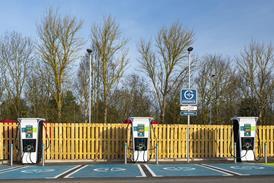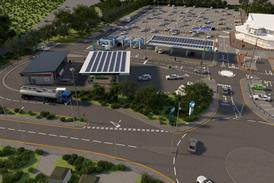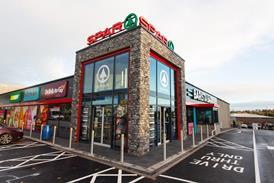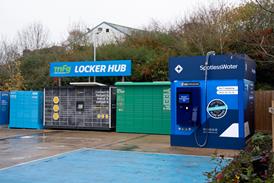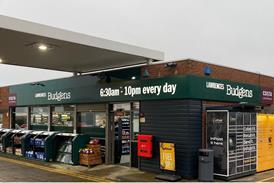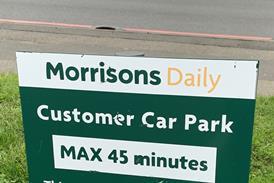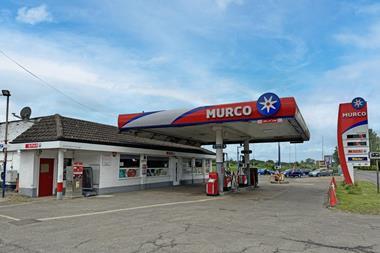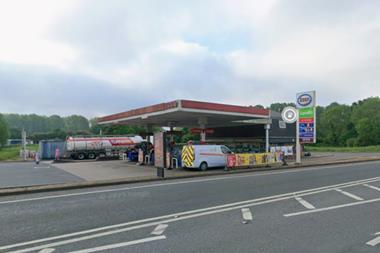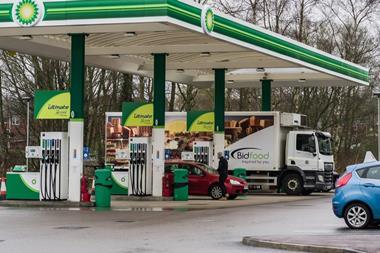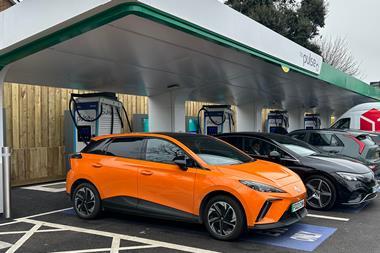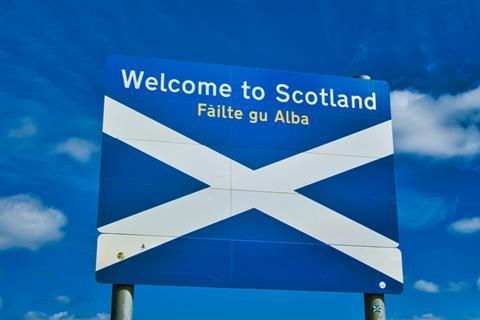
It seemed, in the grand scheme of things, a relatively minor story: Renfrewshire Council had refused planning permission for a new petrol station on the outskirts of Lochwinnoch, a village 20 miles to the west of Glasgow.
Planning applications relating to forecourts crop up on a regular basis, yet after reading the council’s refusal notice it became clear that its decision to decline the application has implications for the whole of Scotland, and its national forecourt sector.
This is because the council’s refusal centred on three aspects relating to national climate policy: that the proposed petrol station would a) “increase dependency on car travel”, b) not help “reduce emissions” and c) did not offer sufficient accessibility for people using “sustainable transport modes”.
Little matter the proposed site is just half a mile from a railway station, meaning public transport, which is classified as sustainable, is already catered for in the area; nor that the plans included provision for eight chargers for electric cars – the politician’s favourite emission-reduction tech; while the fact that the site’s location – on a major A road with no pavement – makes it an unattractive byway for pedestrians is hardly within the control of developers.
This is not a story about this specific site, though. Instead, it is about the implications of Renfrewshire Council’s decision-making process, because it has potentially set a wide-ranging precedent.
All car and climate-based aspects cited by the council as grounds for refusal are drawn from Scotland’s National Planning Framework 4 (NPF4), which comprises “a comprehensive set of national planning policies”.
Cars come in for nothing but criticism in this 160-page document. The framework talks of aiming to “reduce car dependency”; encouraging developments with “low/no car parking”; supporting “transformational reduction in private car use”; bringing about “a 20% reduction in car kilometres by 2030”; and the government’s wish to address “high levels of car ownership”.
Renfrewshire Council has clearly taken this document to heart, which, in fairness, as a local authority with an obligation to heed national strategy, it arguably must. There is no reason, however, why all other councils in Scotland should not take the same approach when judging whether to give the go-ahead for a new forecourt.
An area of, say, 1,000 square miles with no petrol station would make travel by petrol or diesel car impossible while, by extension, a square mile with five forecourts would facilitate it. Petrol stations, by their nature, encourage car use.
There are wider arguments at play about the role cars play in our lives: that they are extremely popular is undeniable, as is the fact they enable economic and social freedom; setting out the case that the car has played a fundamental role in the advancement of humanity is also a fairly straightforward exercise.
The matter at hand, though, is that if other councils follow Renfrewshire’s lead, all new proposals for forecourts in Scotland can be turned down by councils simply citing NPF4 incompatibility with an “out of my hands, guv” shrug.
Whether Scotland’s national transport policy is opposed to what its population wants is for another article, as is the issue that a de facto ban on new iterations of an entire business type has arguably emerged not as a result of direct legislation, but as a side effect of broader planning policy.
The Scottish Government told us NPF4 was approved by the Scottish Parliament and subject to “extensive cross-sector collaboration”, adding that none of the document’s 33 policies “has primacy over others”, and that planning decisions should be made “taking account of local circumstances, to reach an informed decision in each case.”
Renfrewshire Council echoed this, saying that planning applications “are considered on a case-by-case basis”, with decisions made “in line with all relevant planning legislation”.
It remains to be seen whether other councils will follow Renfrewshire’s lead in linking the very nature of forecourts to NPF4 when declining planning applocations, or if the developers in this case will challenge the refusal notice. But, assuming this sets a template for for planning north of the border, expect values of extant Scottish petrol stations to go through the canopy roof – their numbers could forevermore remain stagnant.

